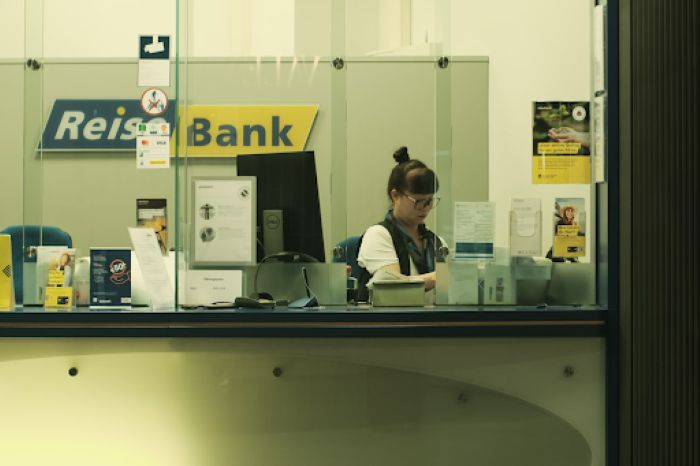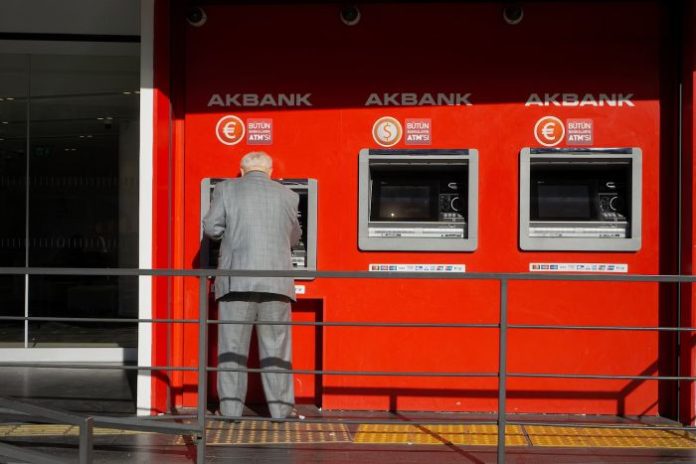Your grandparents probably had one bank account, maybe a credit card, and called it a day with traditional banking. But if you’re like most people today, you’re juggling multiple apps, cards, and services to manage your money. And you’re not alone.
The financial landscape has changed dramatically. Traditional banks no longer hold the monopoly they once did. Consumers are realizing they don’t have to settle for one-size-fits-all banking. Instead, they’re building personalized financial toolkits that work harder for their money. This shift isn’t just a trend—it’s a fundamental change in how we think about managing finances.
Table of contents
The Shift Away from Single-Bank Dependency
Remember when switching banks felt like moving houses in traditional banking? The paperwork, the hassle, the commitment? Those days are fading fast.
What’s Driving This Change
Digital transformation has blown the doors wide open. You can now open a savings account from your couch, apply for a credit card in minutes, and compare financial products side-by-side without visiting a single branch. This transparency has been a game-changer.
Consumers are smarter and more informed than ever. They know that Bank A might offer better savings rates while Bank B has superior credit card rewards. Why limit yourself to one when you can benefit from both?
The Multi-Tool Approach
Think of your finances like a toolbox. You wouldn’t use a hammer for every job, right? The same logic applies to banking. Different financial tools serve different purposes, and there’s real value in strategically diversifying.
Take rewards programs, for example. Savvy consumers in markets like Singapore actively compare the best cashback credit cards at Singsaver to maximize returns on everyday purchases. They’re not just accepting whatever their primary bank offers—they’re doing the research and choosing products that genuinely benefit their spending patterns.
This approach isn’t about being greedy or overly complicated. It’s about being smart with your hard-earned money.

Reward-Based Financial Products Gaining Traction
Let’s be honest—traditional savings accounts aren’t exactly thrilling anymore. With interest rates barely keeping up with inflation, people want more from their money.
Beyond Basic Banking Features
Cashback credit cards, points programs, and reward-based accounts have changed consumer expectations entirely. Why keep all your money in a checking account earning nothing when you could be earning rewards on every purchase?
The mathematics are simple. If you spend money anyway—groceries, gas, utilities—why not get something back? Even a modest two percent cashback adds up over time. For someone spending a few thousand dollars monthly, that’s real money returning to their pocket.
Regional Variations in Adoption
Different parts of the world are embracing these tools at different speeds. Asia-Pacific markets, particularly Singapore, Hong Kong, and South Korea, have been early adopters of digital financial services. European consumers are catching up, though they tend to balance innovation with traditional banking relationships.
The common thread? People everywhere are recognizing that passive banking—just keeping money somewhere safe—isn’t enough anymore. They want their financial tools to actively work for them, whether through cashback, points, or better interest rates.
What’s interesting is how consumers are mixing and matching. They might have a traditional bank for their mortgage, a digital bank for savings, and specialized credit cards for rewards. Each piece serves a specific purpose in their overall financial strategy.
The Resurgence of Asset-Based Financial Solutions

Here’s something that might surprise you: while everyone’s talking about digital banking, some very traditional financial services are experiencing a quiet renaissance.
Why Traditional Banking Services Still Matter
Not everything can be solved with an app. Sometimes people need immediate cash and don’t want to—or can’t—go through formal loan applications. Maybe their credit isn’t perfect, or they need money faster than a bank can process it.
This is where asset-based solutions come in. These services have existed for centuries because they fill a genuine need. They’re straightforward: you have something valuable, you need cash now, and you can get it without credit checks or lengthy applications.
Modern Adaptations of Historical Practices
Major financial centers have always had established networks of these services. In London’s financial ecosystem, for instance, the Best Pawn Shops continue serving consumers who need immediate liquidity against valuable items like jewelry, watches, or electronics. They’ve modernized their operations while maintaining the core service that people actually need.
What’s changed is how these businesses operate. Many now have online valuations, transparent pricing, and professional service that would have shocked their Victorian-era predecessors. They’re not the dusty, uncomfortable places of stereotype—they’re legitimate financial service providers filling a specific market gap.
The clientele has diversified too. It’s not just people in financial distress. Sometimes it’s entrepreneurs needing quick capital between deals, collectors liquidating assets, or people who simply prefer transactions that don’t involve credit bureaus and bank bureaucracy.
Building a Balanced Financial Strategy
So how do you make sense of all these options without losing your mind?
Complementary Rather Than Competitive
The key is understanding that different financial tools aren’t competing—they’re complementary. Your primary bank handles your salary and bills. Your high-yield savings account maximizes idle cash. Your rewards credit card optimizes daily spending. Each has its role.
The mistake people make is either staying too narrow (one bank for everything) or going too broad (fifteen different accounts that become impossible to manage). Find the sweet spot that serves your specific needs without creating unnecessary complexity.
Security and Risk Considerations
Here’s where you need to be careful. More accounts mean more potential vulnerability points. Make sure every provider you work with is properly regulated and legitimate. Check reviews, verify licenses, and understand what protections exist if something goes wrong.
Also, think about data privacy. Every financial service provider you use gets access to some of your personal information. Be intentional about who you’re trusting with that data.
Future Outlook for Consumer Finance Diversity
The trend toward financial diversification isn’t slowing down—it’s accelerating.
Emerging Trends
Artificial intelligence is making personalized financial advice accessible to everyone, not just the wealthy. Blockchain technology promises faster, cheaper international transfers. Open banking initiatives are forcing traditional banks to share data, making it easier to switch providers and compare options.
We’re also seeing interesting hybrid models emerge. Some traditional banks are partnering with fintech companies rather than competing with them. Some digital-only banks are opening physical locations. The lines are blurring.
What This Means for Traditional Banking
Traditional banks face a choice: innovate or become irrelevant. Many are choosing the former, investing heavily in technology and improving customer experience. Others are doubling down on what they do best—stability, trust, and comprehensive service for complex financial needs.
The winners will be institutions that recognize consumers want choice and flexibility, not a one-size-fits-all approach.
Conclusion
Financial diversification isn’t about being disloyal to your bank—it’s about being smart with your money. Traditional banking has its place but so do specialized services that address specific needs better.
The tools are there. The information is available. The only question is whether you’ll take advantage of what’s available or stick with outdated habits with traditional banking. Your financial future is too important to leave on autopilot.
FAQs
Yes, as long as you’re working with legitimate, regulated providers. Check that services are licensed and read reviews before committing. Use strong, unique passwords for each account and enable two-factor authentication wherever possible. The risk of diversification is manageable with basic security practices.
There’s no magic number. Most people do well with three to five core services: a primary bank, a savings or investment account, a rewards credit card, and maybe one or two specialized tools for specific needs. More than seven or eight accounts usually creates more hassle than value.
Absolutely. Traditional banks often provide better customer service for complex issues, comprehensive products under one roof, and established trust. They’re usually the best choice for mortgages, business banking, and situations where you need face-to-face support. Don’t write them off completely.
Start with regulation and licensing—is this provider legitimate? Then look at fee structures, user reviews, and how transparent they are about terms. Test smaller transactions first before committing significant money. And always understand what consumer protections exist if something goes wrong.











